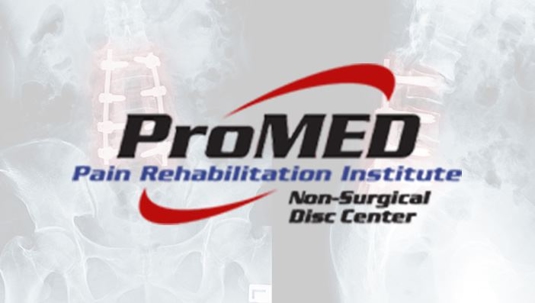Chronic pain can be affected by many factors, including the weather, your diet, your activity levels, and more. Physical factors play a significant role in pain, but mental factors can also have an impact. Stress is a powerful force that can cause many health issues. People who experience high levels of stress or who suffer from Post-Traumatic Stress Disorder (PTSD) are at a higher risk of chronic pain.
What is Chronic Pain?
Chronic pain is prolonged physical pain that lasts far longer than the natural healing process should allow. The pain may be caused by injuries, inflammation, or neuralgias and neuropathies (disorders of the nerves). In some cases, though, there is no physical cause for the pain. This pain may reduce your ability to move freely, hinder your normal functioning, and can lead to pain medication addictions. Chronic pain may also cause emotional distress, mood changes, depression, and anxiety.
The Effects of Emotional Stress
Stress can cause a number of physical ailments, including ulcers, irritable bowel syndrome, and headaches. It also is a contributing factor to chronic pain. It can be a difficult cycle to break, since stress causes pain, and pain causes more stress. When pain sufferers are stressed, they may tense up, which can cause pain to worsen.
In addition to the cycle of tension and pain, stress can lead to psychosomatic symptoms. Psychosomatic issues are physical symptoms whose roots lie in emotional pain or stress. When a person experiences a traumatic event, their nervous system goes into survival mode, and the sympathetic nervous reaction is to flood the body with cortisol, a stress hormone. This increases blood pressure and blood sugar to give you the energy to fight or flee. After the danger is over, your body should return to the parasympathetic state, which allows the body to relax. In the parasympathetic state, digestion is restored, blood pressure is lowered, blood sugar returns to normal, your body flushes out the remaining cortisol and adrenaline, and your immune system’s healing function resumes again.
Constant stress, such as that experienced by PTSD sufferers, can keep the body in survival mode. Continued exposure to cortisol, such as what occurs when you suffer a trauma and have unresolved emotional issues from it, can reduce your body’s ability to heal and cause tension. In turn, this can cause physical and ongoing pain.
Managing Pain with Psychotherapy and Physical Therapy
If you are a trauma victim, chronic pain may be a sign that you are still suffering mentally from your experiences. Even if you are not the victim of trauma, chronic pain can be traumatizing. If you are struggling with chronic pain, a combination of mental and physical treatments may be effective. Exercises can build strength and mobility in tired muscles and help relieve tension. Physical therapy is an important part of pain treatment, and can address many of the physical issues of pain.
Psychotherapy may be used to support your physical therapy regimen. Talk therapy can help you address any trauma or emotional issues that may be contributing to your pain. It can also serve as an outlet to express your frustrations and feelings about your pain and help you learn to reframe your thoughts in a way that supports your healing.
Learn More About Your Pain Treatment Options – (630) 426-3270
Chronic pain can be debilitating and traumatizing for sufferers. In addition to the distress of constant pain, you may have difficulty going about your daily tasks and living your life. Our Bolingbrook non-surgical pain management team is ready to help you find a treatment plan that is right for you. At ProMed Pain Rehabilitation Institute, our state-of-the-art facility and cutting-edge treatments can help you live your life without chronic pain.
Schedule an appointment to learn more. Contact our offices at (630) 426-3270.

